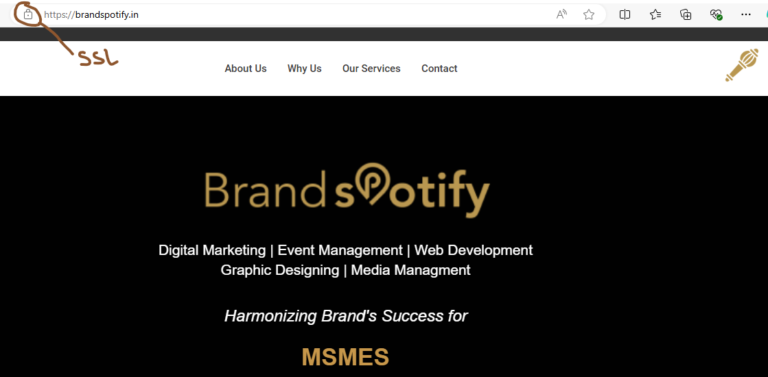
Introduction to On-Page SEO
On-page SEO, also known as on-site SEO, refers to the practice of optimizing individual web pages to rank higher and earn more relevant traffic in search engines. It involves improving the content, HTML source code, and overall structure of the page. This fundamental aspect of SEO is crucial for driving organic traffic and ensuring that your website meets the evolving standards set by search engines.
The first step in any on-page SEO approach is to identify target keywords. Potential clients utilize these words and phrases when looking for goods or services online. It’s critical to distinguish between long-tail and short-tail keywords. Because they are more focused, long-tail keywords frequently have greater conversion rates and less competition. Finding the ideal keywords for your content can be aided by using tools like Ahrefs, SEMrush, and Google Keyword Planner.
Content Optimization
Creating high-quality content is the backbone of on-page SEO. This means producing original, relevant, and engaging content that provides value to your audience. Strategic keyword placement within the content enhances its visibility. However, it’s important to avoid keyword stuffing, which can lead to penalties. Instead, integrate keywords naturally within the text, headings, and subheadings.
Title Tags and Meta Descriptions
The clickable headlines that show up in search engine results are called title tags. Using goal keywords in a clear, descriptive manner is essential to creating title tags that are effective. Although they don’t directly impact rankings, meta descriptions are a big part of what makes people want to click through to your website. To increase click-through rates (CTR), they ought to be striking and true to the page’s content.

Header Tags (H1, H2, H3, etc.)
Header tags are used to structure content hierarchically. The H1 tag represents the main heading, while H2, H3, and other tags denote subheadings. Proper use of header tags enhances readability and helps search engines understand the content structure. This hierarchical importance is vital for both user experience and SEO.
URL Structure
Short, informative URLs that contain pertinent keywords are considered SEO-friendly. Refrain from utilizing lengthy, intricate URLs that contain extraneous arguments. Improved rankings are a result of a well-structured URL being simple to comprehend for both humans and search engines.
Internal Linking
Internal links connect different pages within your website. They help in distributing page authority and improving site navigation. Effective internal linking strategies involve linking related content, using descriptive anchor text, and ensuring a logical site structure. This not only boosts SEO but also enhances the user experience.
Image Optimization
Optimizing images involves several practices. Using descriptive, keyword-rich alt text helps search engines understand the content of the images. Compressing images reduces load times, improving page speed. Additionally, using descriptive file names instead of generic ones like “image1.jpg” can positively impact SEO.
Mobile-Friendliness
A mobile-friendly website is essential, especially with the growing number of people using mobile devices. You can be confident that your website will work on many screens and devices by using responsive design concepts. Mobile compatibility issues can be found and fixed with the aid of tools such as Google’s Mobile-Friendly Test software.
Page Speed Optimization
Fast loading times are essential for both user experience and SEO. Techniques to improve page speed include optimizing images, leveraging browser caching, and minimizing CSS, JavaScript, and HTML. Tools like Google PageSpeed Insights provide actionable insights to enhance performance.
Check your website page speed here>>>>https://pagespeed.web.dev/
User Experience (UX)
A satisfying user experience lowers bounce rates and maintains visitors’ interest. This includes simple-to-use site navigation, quick page loads, and readable content. Giving user experience (UX) top priority in your on-page SEO efforts can improve rankings and increase engagement.
Schema Markup
One type of structured data that aids search engines in comprehending the material on your website is schema markup. By using rich snippets in your search results, schema markup can improve your website’s exposure and click-through rates. You can utilize a variety of schema markups to give search engines additional context, including reviews, events, and product markups.
Generate schema markup for your website here>>>https://technicalseo.com/tools/schema-markup-generator/
Security (HTTPS)
On-page SEO is heavily reliant on website security. By implementing HTTPS, you may increase trust and security by ensuring that any data transmitted between your website and its visitors is secured. Because HTTPS is a ranking criteria for Google, it is crucial for SEO and user trust.

Future Trends in On-Page SEO
The SEO landscape is continuously evolving. Staying ahead of emerging trends, such as voice search optimization and AI-driven content, can give you a competitive edge. Keeping up with search engine algorithm updates and adapting your strategies accordingly is essential for long-term success.
Conclusion
Mastering the fundamentals of on-page SEO involves a holistic approach that combines keyword research, content optimization, technical improvements, and user experience enhancements. By implementing these strategies, you can improve your website’s visibility, drive more organic traffic, and achieve sustainable growth in the competitive digital landscape.
